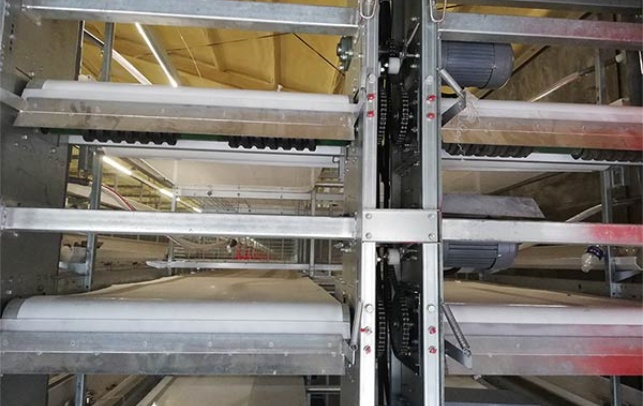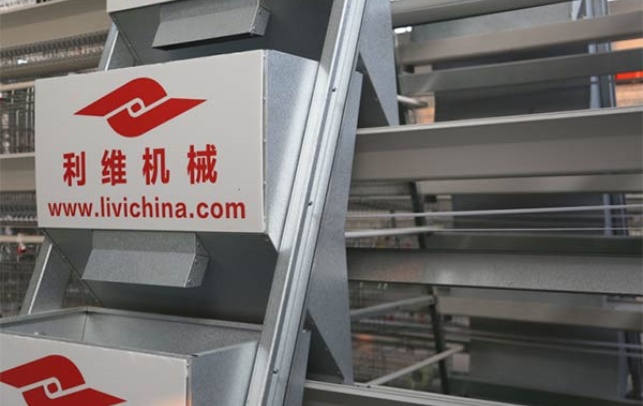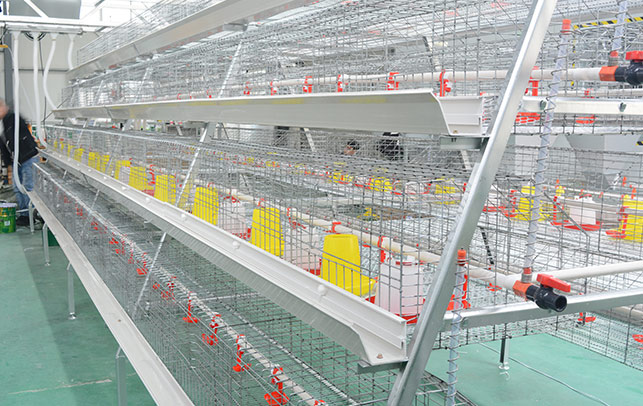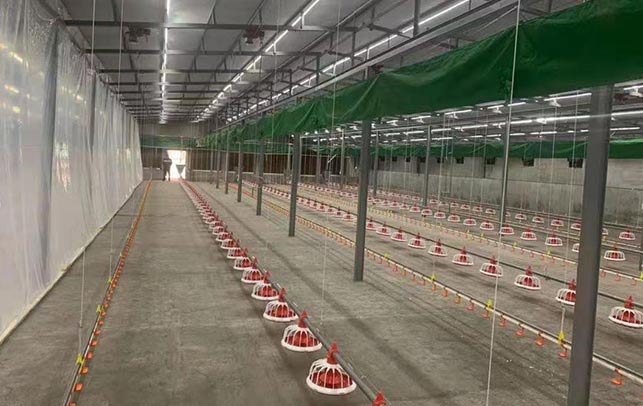How Many Feeders and Drinkers for 5000 Layers?
Time : 2024-09-04
When embarking on the journey of poultry farming, particularly layer farming, one crucial aspect to consider is the number of feeders and drinkers required for your flock. For a successful operation with 5000 layers, understanding the optimal ratio of feeders and drinkers is essential for maximizing productivity and ensuring the health of the birds. In this article, we will delve into the considerations for determining the right amount of feeders and drinkers for 5000 layers, as well as explore some best practices in feeding and watering management.
1. The Needs of 5000 Layers
Before determining how many feeders and drinkers are necessary for your layer farm, it’s important to understand the basic needs of your flock. Layers have specific nutritional and hydration requirements that must be met to promote optimum health and egg production.
a. Nutritional Requirements
Layers require a balanced diet rich in proteins, vitamins, and minerals to ensure quality egg production. The feed should provide adequate energy, typically around 2,800-3,000 kcal/kg, along with essential nutrients like calcium for strong eggshells. Properly designed feeders for 5000 layers facilitate easy access to feed, minimizing competition and stress among the birds.
b. Watering Needs
Water is equally vital for layers. Each hen can consume about 500-600 ml of water per day, depending on the environmental conditions and the type of feed provided. Thus, ensuring a reliable supply of fresh, clean water through an adequate number of drinkers for 5000 layers is non-negotiable for maintaining their hydration and overall well-being.
2. Determining the Number of Feeders for 5000 Layers
The next step is to calculate how many feeders you will need for your flock of 5000 layers. The design of the feeder, type of feeding system, and the layout of your poultry house play significant roles in this determination.
a. General Recommendations
A common guideline suggests that one linear foot of feeder space is sufficient for approximately 10-12 layers. Therefore, for 5000 layers, you would need to calculate the total feeder space required.
Based on calculation, you would need approximately 500 feet of feeder space distributed across several feeders to provide optimal access for your layers.
b. Types of Feeders
There are various types of feeders available, including:
- Manual Feeders: Suitable for small-scale operations; however, they require more labor.
- Automatic Feeders: Ideal for larger operations, these systems reduce labor costs and ensure even distribution of feed.
When selecting feeders for 5000 layers, consider using a mix of automatic and manual options to balance labor and efficiency.
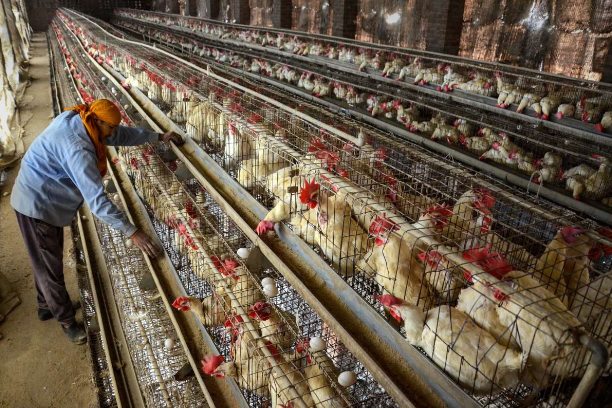
3. Determining the Number of Drinkers for 5000 Layers
Just as with feeders, the number of drinkers is critical to the health of your layers. Providing enough drinkers ensures that all hens have sufficient access to water.
a. Recommended Ratios
For effective hydration, a general recommendation is to provide one drinker for every 20-25 layers.
This means you would need approximately 200-250 drinkers for 5000 layers, depending on your specific setup and bird behavior.
b. Types of Drinkers
Consider the following types of drinkers when setting up for your layers:
- Nipple Drinkers: These are preferred for large flocks as they minimize water wastage and keep the environment clean.
- Trough Drinkers: While easier to manage in smaller setups, they may require more frequent cleaning and monitoring for contamination.
Choosing suitable drinkers for 5000 layers is essential for ensuring the birds stay hydrated and healthy.
4. Best Practices for Feeding and Watering Management
With the appropriate number of feeders and drinkers established, it’s crucial to adopt best practices for feeding and watering management to optimize performance.
a. Regular Monitoring
Regularly check the feed levels in the feeders and water levels in the drinkers. Ensuring that layers always have access to fresh feed and clean water is vital for preventing stress and promoting high egg production rates.
b. Hygiene Maintenance
Cleaning feeders and drinkers regularly helps prevent disease transmission. Bacteria can thrive in moist, unclean environments, so implementing a schedule for maintenance is essential.
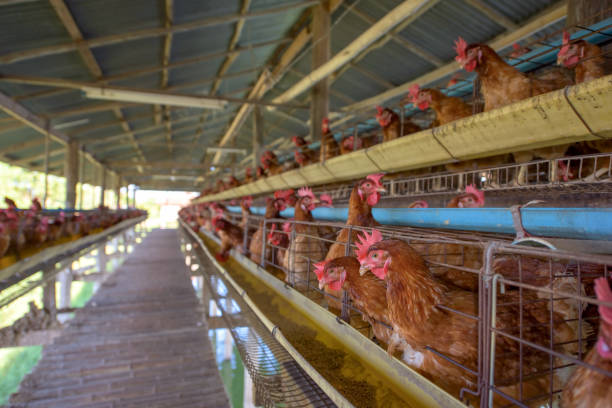
c. Adjusting Feed and Water Supply
As layers grow and their production cycles change, it is essential to adjust the feed and water supply accordingly. For instance, during peak laying periods, layers may require increased amounts of feed and water. Monitoring the birds’ consumption patterns can provide insights into their needs, allowing for timely adjustments.
d. Environmental Considerations
The poultry house environment can significantly affect feeding and drinking behaviors. Factors such as temperature and humidity levels should be monitored, as they can impact how much feed and water your layers consume. Providing adequate ventilation and climate control will ensure that your layers are comfortable and able to perform at their best.
Conclusion
In conclusion, determining how many feeders and drinkers are necessary for 5000 layers involves careful consideration of several factors, including the nutritional and hydration requirements of the hens, the type of feeding and watering systems in use, and the overall management practices being implemented.
To summarize:
- You will need approximately 500 feet of feeder space, which could equate to multiple feeders depending on their design.
- You should aim for about 200-250 drinkers to ensure that all layers have access to clean water.
- Regular monitoring, hygiene maintenance, and environmental adjustments play crucial roles in maintaining the health of your flock and ensuring high productivity.
By adhering to these guidelines and continuously evaluating the needs of your layers, you can create an optimal environment that promotes their health and maximizes egg production. Proper management of feeders and drinkers for 5000 layers not only supports the welfare of the birds but also contributes to the overall success of your poultry farming venture.






